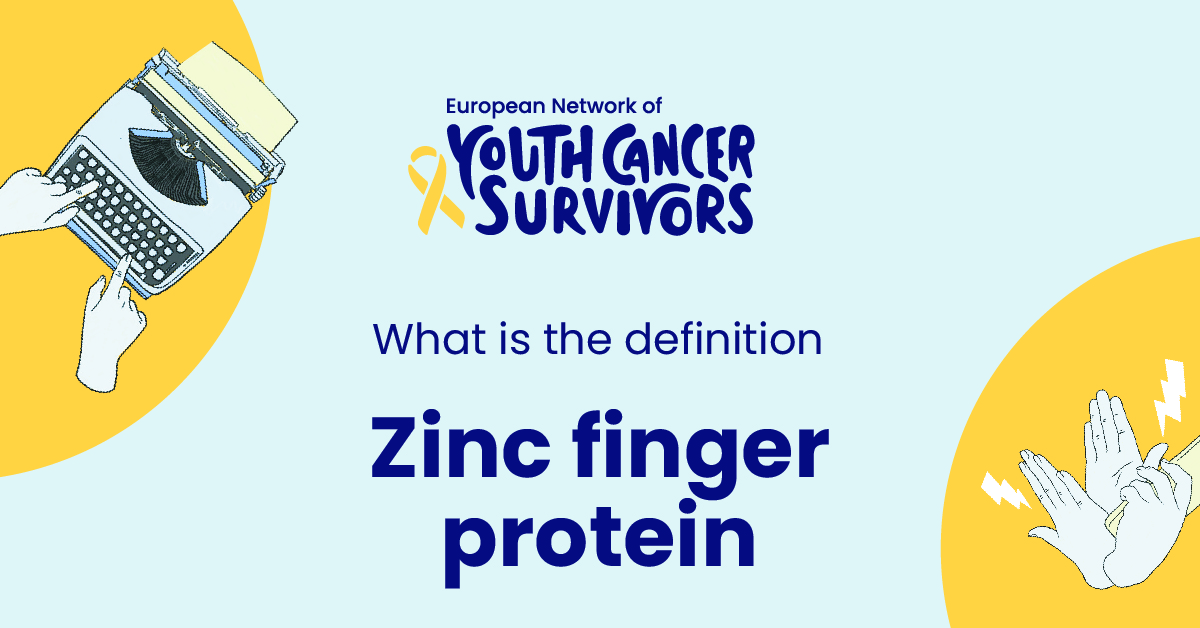 From DNA replication to cell signaling, proteins play an essential role in executing various biological functions. Proteins, being the most diverse class of macromolecules, significantly contribute to every aspect of cellular life. A specific subset of proteins, known as zinc finger proteins, has deserved particular attention due to their correlation with our genetic makeup.
From DNA replication to cell signaling, proteins play an essential role in executing various biological functions. Proteins, being the most diverse class of macromolecules, significantly contribute to every aspect of cellular life. A specific subset of proteins, known as zinc finger proteins, has deserved particular attention due to their correlation with our genetic makeup.
Having understood the significance of proteins, the study of their classic ties to genetics becomes even more essential. This intersection gives us tools of information to make revolutionary advances in healthcare and genetic evolution. Zinc finger proteins, specifically, unlock a world of potential in medical research and treatment.
Defining Zinc Finger Protein
The zinc finger protein, named for its unique structural motif that resembles a finger, is a class of proteins that bind to DNA, RNA, proteins, and/or lipids. This ability to interact with various molecules enables zinc finger proteins to perform a wide array of biological functions.
Zinc finger proteins are not just structurally fascinating; they also play a pivotal role in the body. These proteins are fundamental in genetic regulation: they significantly influence gene expression, cell proliferation, apoptosis, and signaling pathways.
Each zinc finger protein is composed of a small functional domain bound by a zinc ion. This composition affords the protein its versatility, allowing it to interact with other molecules and carry out its functions.
The Functionality of Zinc Finger Protein
Zinc finger proteins perform the crucial role of DNA binding and influencing gene expression, essential for genetic regulation. Through their interactions with DNA, these proteins can turn genes on or off, affecting biological processes like cell growth and differentiation.
However, their impact extends beyond gene expression. Zinc finger proteins influence a host of cellular functions. They have an essential role in protein folding, protein assembly, and cellular differentiation—providing a foundational support system for the cell.
Types of Zinc Finger Proteins
Diverse in kind, Zinc finger proteins are grouped into several types based on their structural variations. The most common types are the C2H2 type, C3HC4 type or zinc-buckle type, and the C4 type zinc finger proteins.
C2H2-type zinc finger proteins are the most prolific, and they take part in various cellular processes such as development, differentiation, proliferation, and apoptosis. C3HC4 type proteins, also known as zinc-buckle type proteins, regulate host-pathogen interactions and are involved in the immune response. Lastly, C4 type zinc finger proteins align zinc ions in a tetrahedral arrangement, forming a core structure for DNA-binding motifs in many transcription factors.
Clinical Significance of Zinc Finger Proteins
Zinc Finger Proteins have enormous clinical significance, given their role in disease. Disruption in their expression or mutation can result in an array of disorders, including cancers, autoimmune diseases, and neurological disorders. They are, therefore, potential targets for disease intervention.
Therapeutically, zinc finger proteins show promise. They can be engineered to selectively bind to specific gene sequences, opening up possibilities for gene therapy. This approach could allow us to correct genetic mutations, thereby treating or even curing genetic diseases.
Advances in Zinc Finger Protein Research
Research has made significant strides in understanding zinc finger proteins. Recent breakthroughs have unveiled new aspects of their functionality and enhanced our knowledge of their role in disease. This research underpins the development of new therapeutic strategies that leverage zinc finger proteins.
Looking to the future, zinc finger proteins have considerable potential. As we learn more about their fundamental mechanisms, we can work toward developing targeted therapies for a range of different diseases. These developments collectively contribute to the potential of zinc finger proteins in the field of medicine and research.
Conclusion
In conclusion, zinc finger proteins, with their versatility and critical role in genetic regulation and cellular functions, stood out as a hot spot in biomedical research. Given their link to various diseases, the understanding of zinc finger proteins promises new treatment strategies and could ultimately lead to better health outcomes.
The potential that zinc finger proteins offer is vast. The work being done to unlock this potential – from basic research to clinical trials – shines a hopeful light on the future of medicine and the constant pursuit of improving human health.
FAQs:
- What is a Zinc Finger Protein and why is it important?
Zinc Finger Protein is a class of proteins recognized for its DNA-binding capability. These proteins are important due to their significant influence on gene expression, cellular proliferation, apoptosis, and signaling pathways.
- How does the structure of Zinc Finger Protein relate to its function?
The unique structure of zinc finger proteins, featuring a small functional domain bound by a zinc ion, enables them to bind DNA, RNA, proteins, and lipids. This binding ability allows them to perform a wide range of functions.
- What are the different types of Zinc Finger Proteins?
Zinc Finger Proteins are classified into different types based on their structural variations, including the C2H2 type, C3HC4 type (or zinc-buckle type), and the C4 type.
- How do Zinc Finger Proteins contribute to the development of diseases?
Disruption in the expression of zinc finger proteins or their mutation can lead to diseases, such as cancers, autoimmune diseases, and neurological disorders.
- What is the potential of Zinc Finger Proteins in the field of medicine and research?
Zinc Finger Proteins hold significant potential in gene therapy and can be engineered to bind specific gene sequences, thereby opening up the possibilities for correcting genetic mutations.

















Comments
Thank you. Comment sent for approval.
Something is wrong, try again later